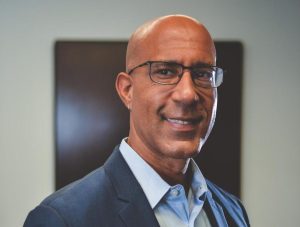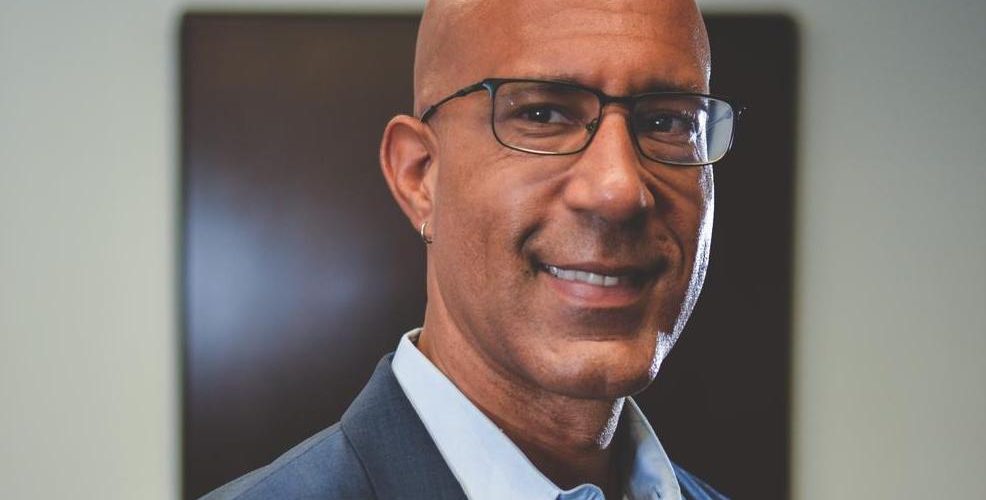 A year ago, Pam was vibrant, an active member of a fitness studio, and celebrating her 83rd birthday.
A year ago, Pam was vibrant, an active member of a fitness studio, and celebrating her 83rd birthday.
But after the Covid-19 pandemic kept her mostly housebound, she grew frail and hunched over, concerning her children and sending her back to the fitness studio she had loved so much.
“It was shocking to me to see that dramatic change in 10 months,” says Dr. Evan Osar, an integrative movement specialist and chiropractor who works with fitness and medical professionals on mobility, chronic pain, and other issues.
Pam had lost so much of her muscle mass that it was contributing to a range of problems that can be common later in life. And, unfortunately, after a year of the pandemic, this has become all too common around the world.
The problem is called sarcopenia – “a fancy term that means our muscles atrophy,” Dr. Osar explains. “It’s like the old adage, if you don’t use it, you lose it – and that’s so true.”
It starts in our 30s
In the first three decades or so of life, our muscles get bigger and stronger. But then, just as human beings, we start losing muscle mass and function – 5 percent or more of it each decade.
“By your 60s, you could’ve lost 9 to 25 percent of your muscle mass,” Dr. Osar says.
Why should the average person care about losing muscle? Isn’t that just for bodybuilders and athletes?
Absolutely not. Losing muscle contributes to falls and fractures, and it reduces our strength and mobility for tasks of everyday life. Less muscle can mean more body aches and pains, poorer posture, and more trouble.
As WebMD puts it: “Symptoms can include weakness and loss of stamina, which can interfere with physical activity. Reduced activity further shrinks muscle mass.”
Even active, healthy people lose muscle mass – but it’s made worse when we stop moving, as so many people have done for the last year.
“And now we’re seeing people who haven’t left their homes for the last year, so think about how their health is deteriorating just in these last months,” Dr. Osar says. “A year after Covid-19 started, think about the obesity, the diabetes, the cardiovascular… let alone the sarcopenia.”
Exercise offers strength, relief, and balance
In short, without enough muscle, we won’t be able to enjoy life as we’d like to – from sitting and standing, to playing with grandkids, to riding a bike.
Resistance training is an essential part of the solution.
“Exercise, in particular resistance training, reduces injury and death across the board,” Dr. Osar says.
He’s not alone, of course. Countless studies show this to be a simple fact. If you exercise regularly with resistance, you will have more muscle mass to feel, move and look better.
It’s that simple.
And after the last year we’ve all had, it’s never been more important. Don’t shrink from life and enjoying it as much as possible. Get moving! We are here to help, no matter how active you were before or during the pandemic.
It’s AFTER that counts now.
Holly Kouvo is a personal trainer, functional aging specialist, senior fitness specialist, brain health trainer, writer, and speaker.

